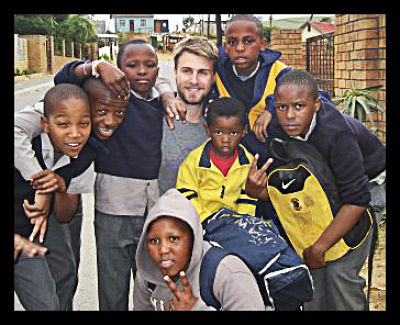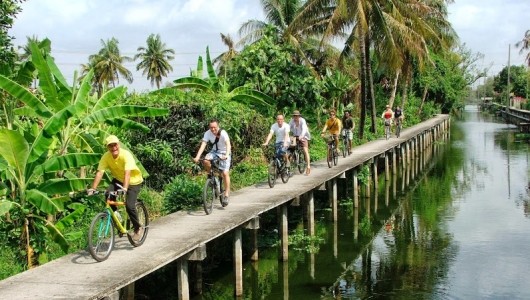Business is booming in Mogadishu, the capital of war-torn Somalia. This economic renaissance of sorts might come as a surprise considering the recent history of the nation, which has suffered from political instability and terrorist insurgency for the past twenty years.
However, after the people of Somalia elected their own president to represent them just last year, the economy of the nation has already shown considerable signs of steady improvement. On top of this, Somalia’s recently adopted provisional constitution, which has been praised as “one of the top legal documents in the world,” has had a powerful impact on the Somalian economy as well. According to many Somalian businessmen, peace inevitably leads to prosperity.
Bashir Osman, a real estate developer, knows that he took a huge risk by buying land for a luxury beach resort in Mogadishu, but he also is very confident that his investment will pay off. “[The tourists] were so excited when they saw how Mogadishu looks like, how beautiful city we have, how beautiful beach we have and that is what we want to show them again and again,” Osman tells.
Many believe that the economic resurgence in Somalia is not only because of businessmen like Osman but also because of the diaspora returning to rebuild the country. Somalian citizens who escaped the country to avoid the violence and political upheaval that plagued the last two decades are now coming back to reshape Mogadishu and other major cities.
The recent success of Somalia’s economy is not only found in the real estate sector but also in the telecommunications and aviation industry, further facilitating Mogadishu as a tourist hotspot. The nation’s economy is supported by aid from donor governments; Somalia’s pending success story is a testament to the vitality of these programs.
– Sagar Desai
Sources: Xinhua, CNN
Photo: Go Africa



